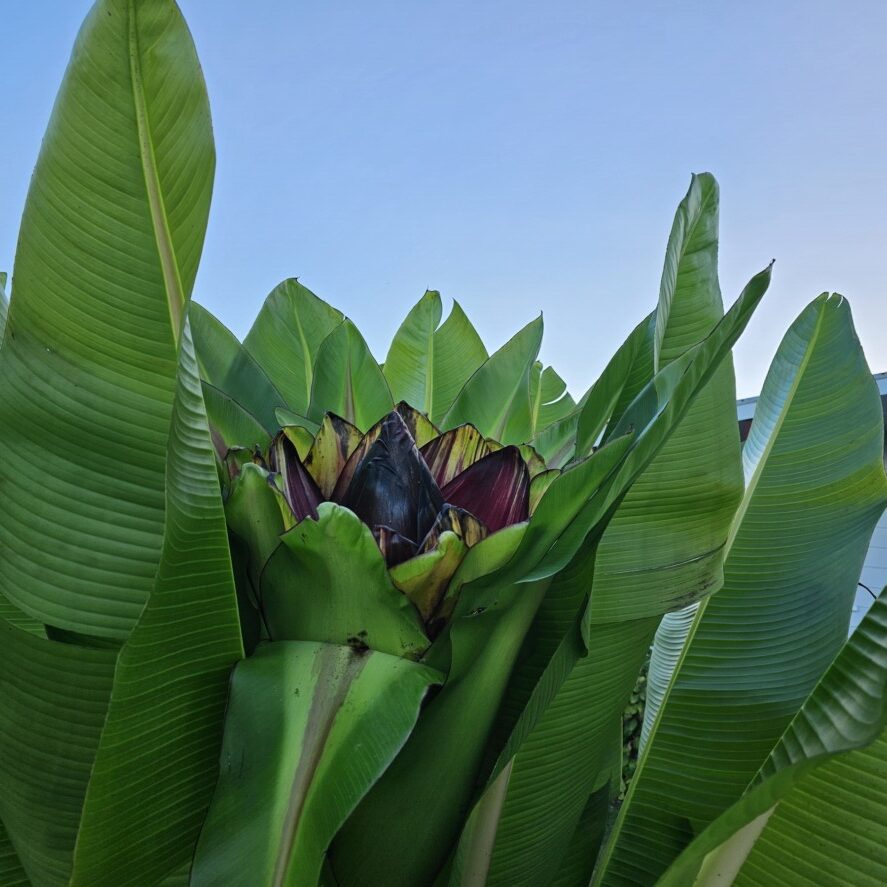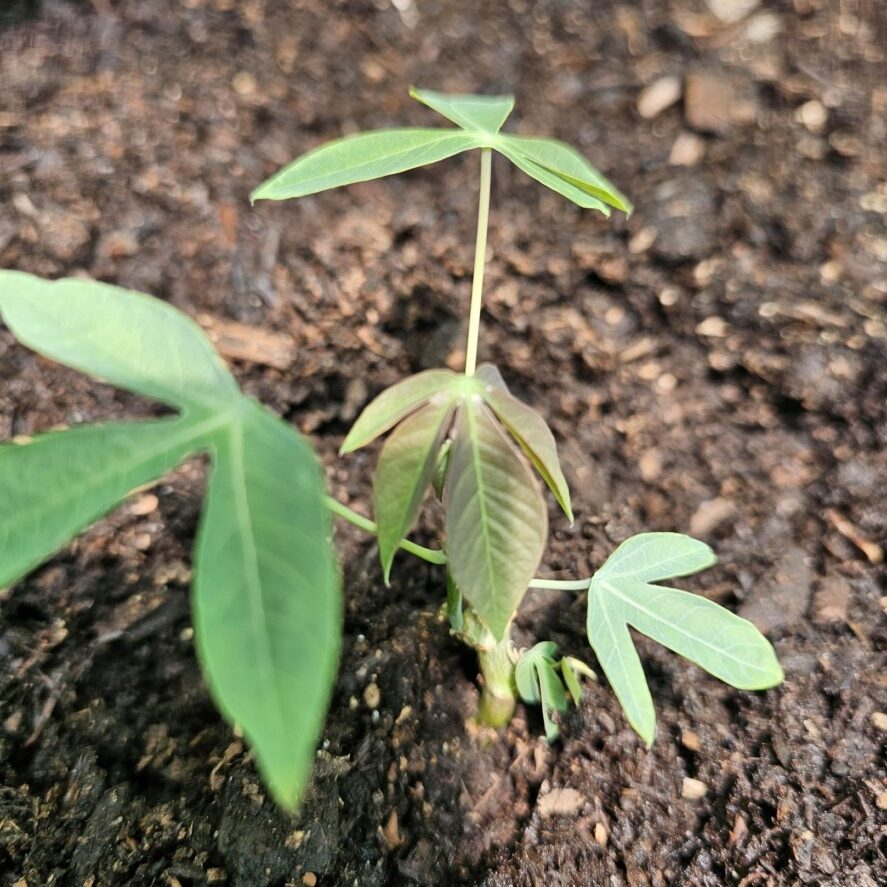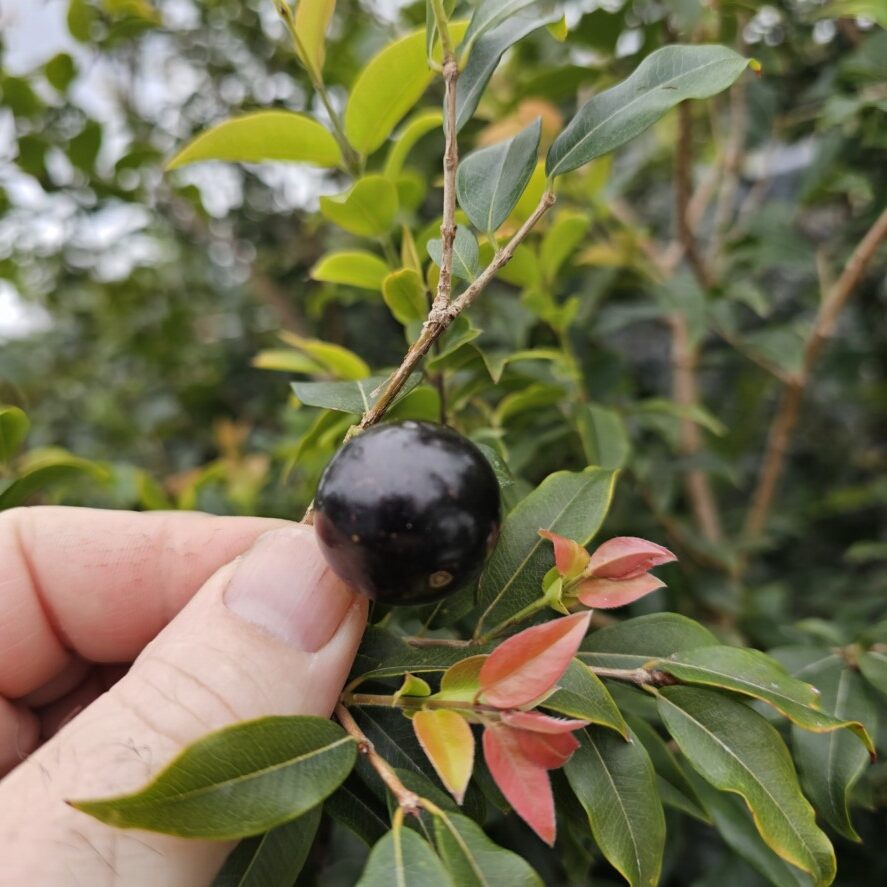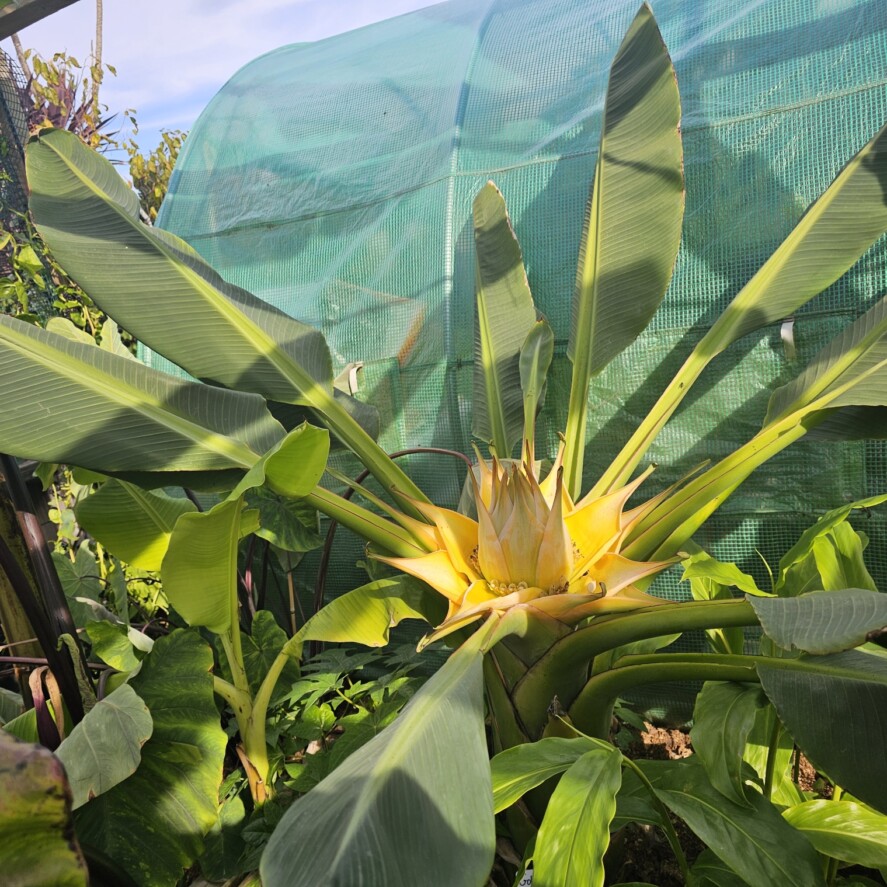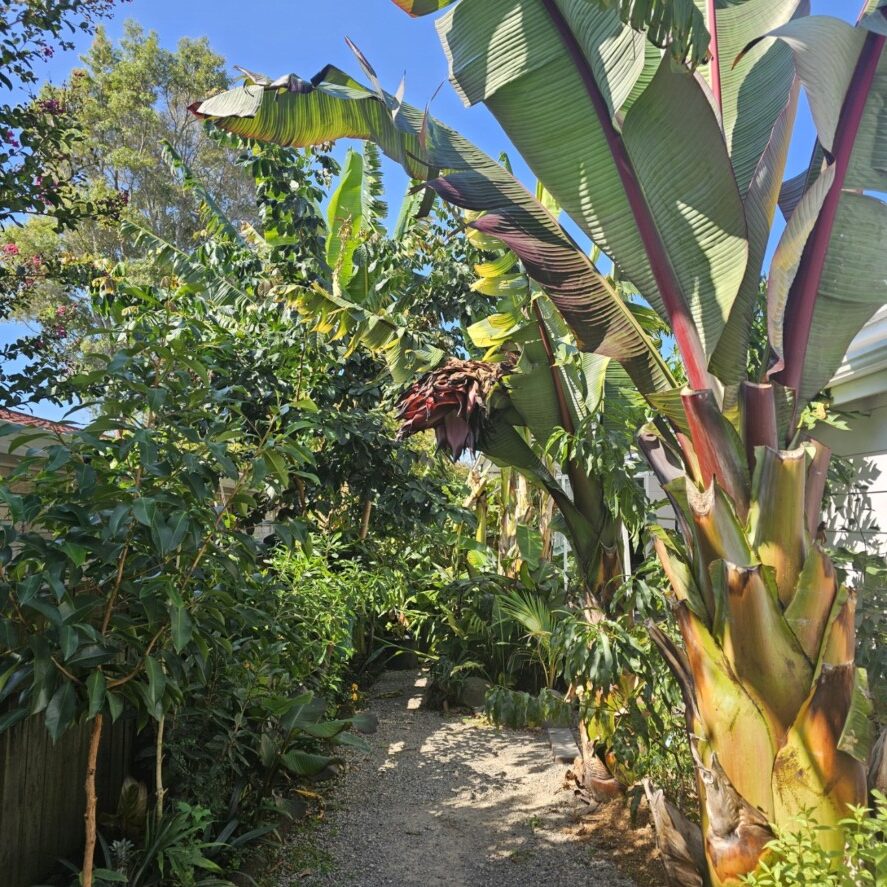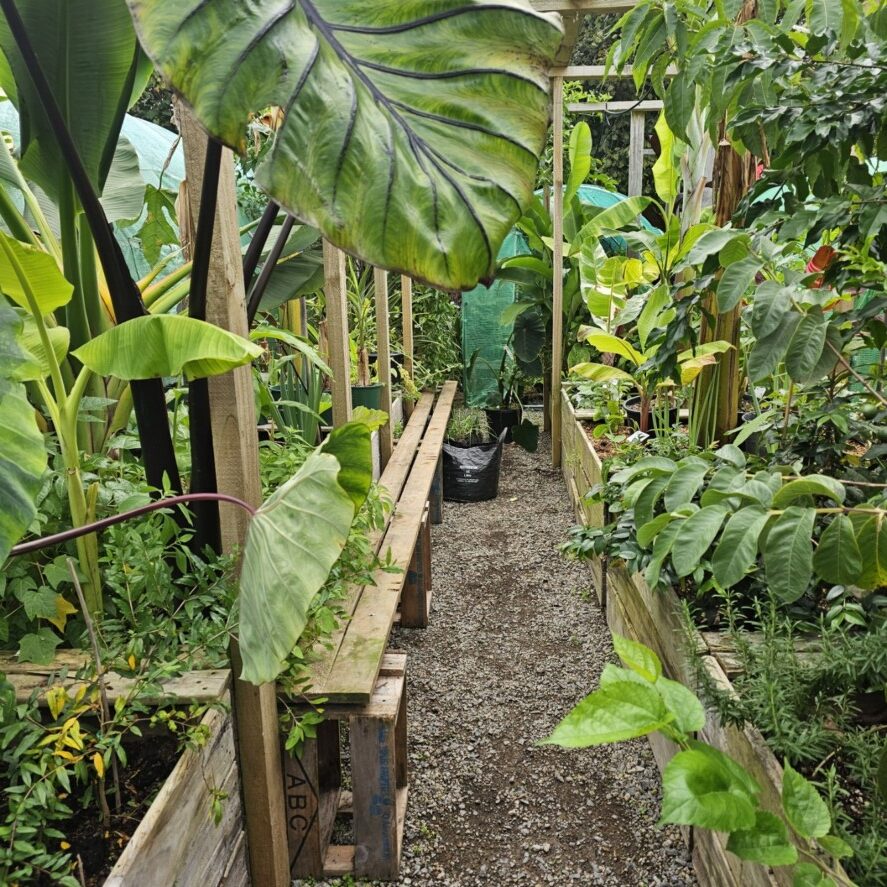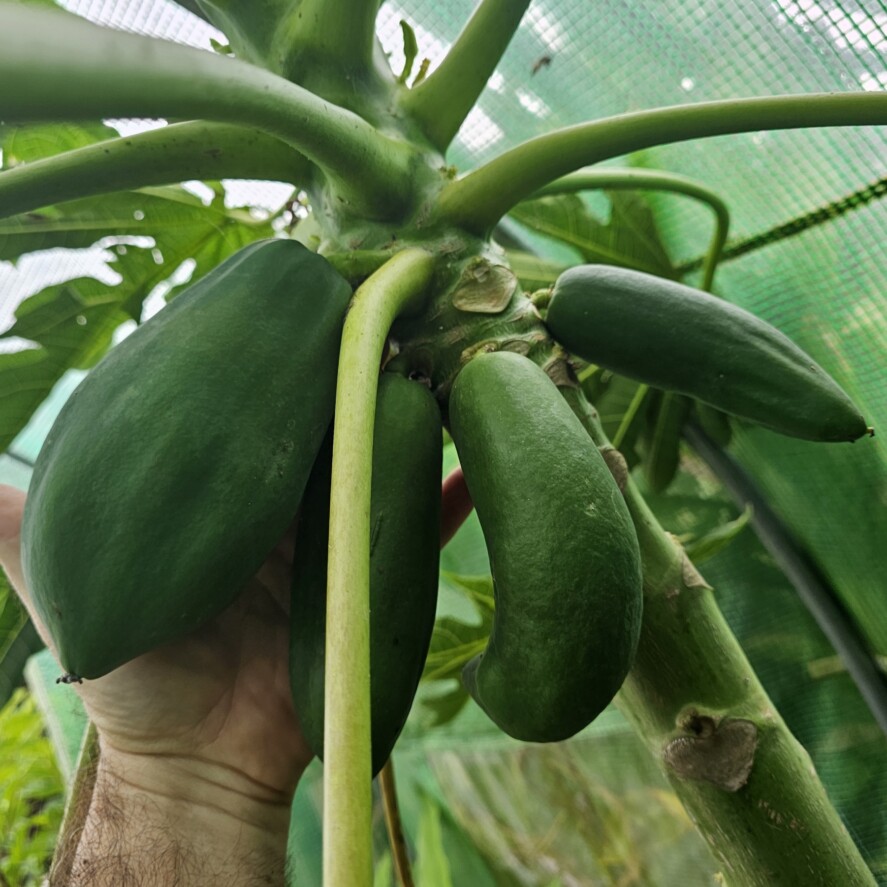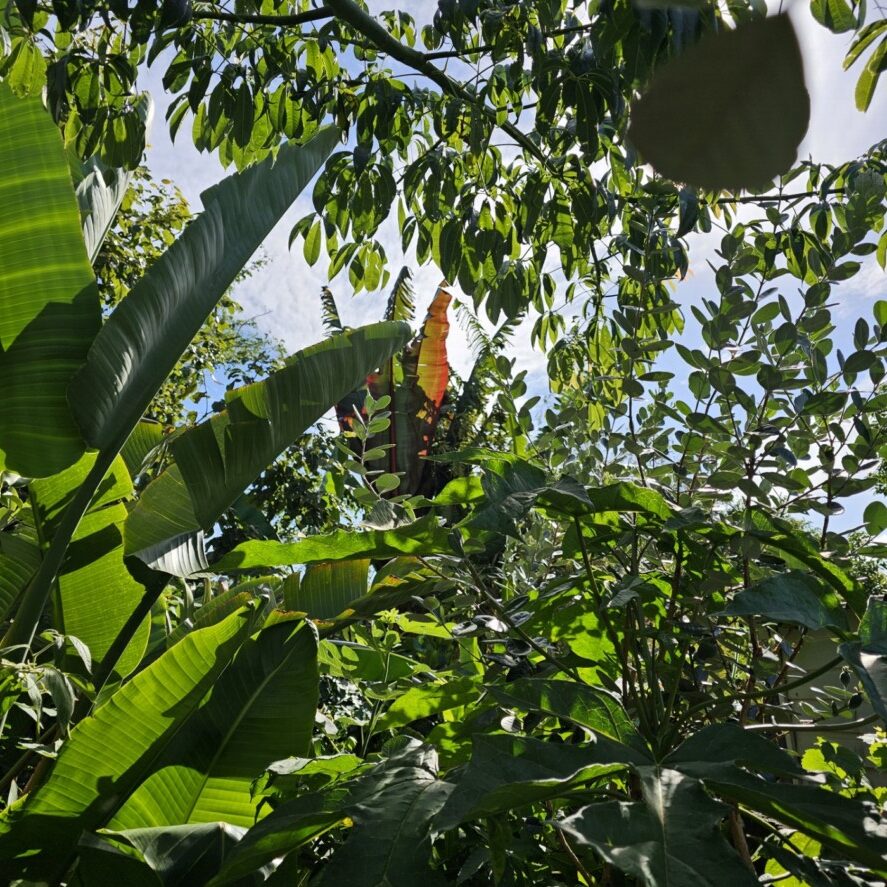-
Troppo Plant & Garden Articles
- Te Puke Region
- TROPPO’s Food Forest in Te Puke, BOP (www,foodforest.org.nz)
- Troppo’s Plant Collection
- TROPPO's Nursery Directory
- Food Forests of New Zealand (www.foodforests.nz)
- Nursery Map - Plant Suppliers of NZ Directory (www.nurserymap.nz)
- Kids Garden Corner
- New Zealand Garden Bird Survey
- New Zealand Garden Groups
- Delicious Recipes
Creating Windbreaks for Delicate Tropical Plants in the Bay of Plenty
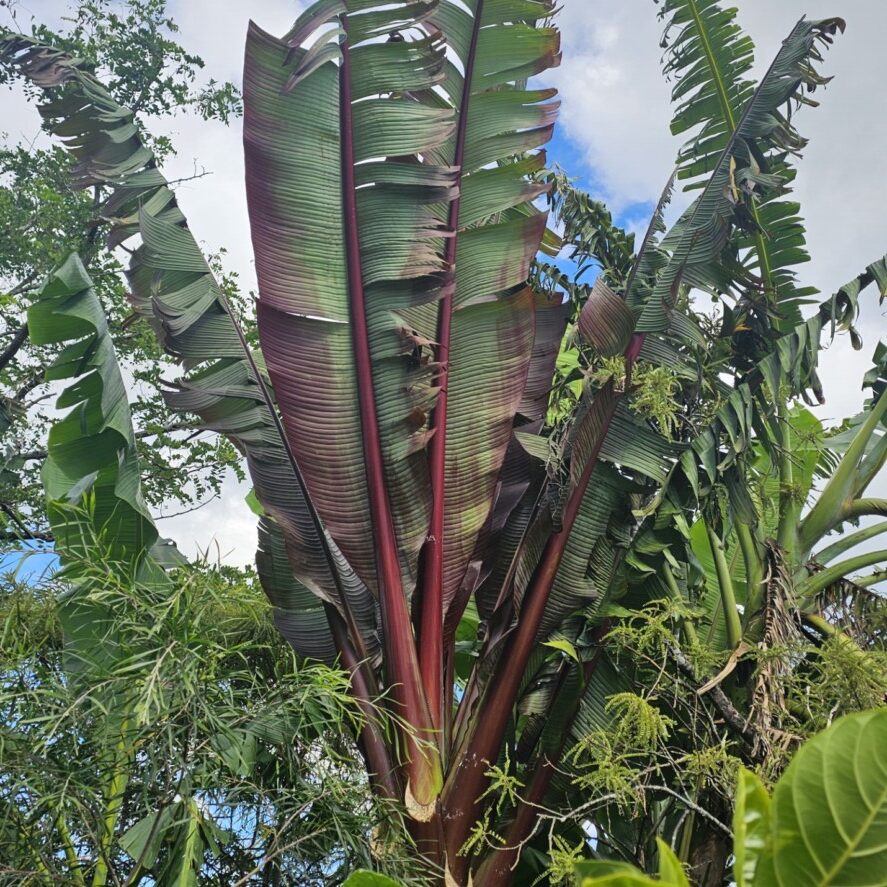
Welcome to the Troppo.nz blog! If you’re lucky enough to be growing beautiful, but often delicate, tropical plants here in the stunning Bay of Plenty, you’ll know that while our climate is generally kind, the wind can sometimes be a real nuisance. These breezes, while often refreshing for us, can wreak havoc on the large, soft leaves and fragile stems of our beloved tropical treasures. That’s where windbreaks come in!
This post will guide you through why windbreaks are essential for your tropical garden and provide practical advice on how to create effective ones, no matter your garden size or budget.
Why Windbreaks are Your Tropical Plants’ Best Friend
Think of your tropical plants as visitors from warmer, more sheltered climates. They haven’t evolved to withstand the strong gusts that can sometimes sweep through the Bay of Plenty. Here’s why windbreaks are so important:
- Physical Protection: The most obvious benefit is preventing direct wind impact. Strong winds can shred leaves, snap stems, and even uproot smaller or less established plants. This damage not only looks unsightly but also weakens the plant, making it more susceptible to pests and diseases.
- Maintaining Humidity: Tropical plants thrive in humid environments. Wind can quickly strip away the moisture surrounding your plants, leading to dry, crispy leaf edges and stunted growth. Windbreaks help to trap humidity, creating a more favorable microclimate.
- Temperature Regulation: While the Bay of Plenty generally enjoys mild temperatures, strong winds can have a chilling effect, especially during cooler months. Windbreaks can help to buffer these temperature fluctuations, providing a more stable environment for your sensitive plants.
- Preventing Soil Erosion: Exposed soil around your plants can be easily blown away by strong winds, especially sandy or loose soil. Windbreaks can help to anchor the soil and protect the root systems of your plants.
- Supporting Pollination: For fruiting tropical plants, strong winds can disrupt the delicate process of pollination by blowing away pollen or damaging flowers. A windbreak can create a calmer environment, increasing the chances of successful fruit set.
Choosing the Right Windbreak for Your Garden
There’s no one-size-fits-all solution when it comes to windbreaks. The best option for you will depend on several factors, including:
- The size of your garden: A small urban garden will require a different approach than a larger property.
- The intensity of the wind in your area: Some locations in the Bay of Plenty are more exposed to strong winds than others.
- Your budget: Windbreak options range from free and natural to more structured and potentially costly.
- Your aesthetic preferences: You’ll want your windbreak to blend in with your garden design.
- The height of your tropical plants: Taller plants will require taller windbreaks.
Practical Windbreak Options You Can Implement
Here are some popular and effective windbreak options for your Bay of Plenty tropical garden:
-
Living Windbreaks (Natural Barriers):
- Hedges and Shrubs: Planting a dense row of hardy, wind-tolerant shrubs or hedging plants is a beautiful and effective long-term solution. Choose species that are well-suited to the Bay of Plenty climate and your soil type. Consider plants like Griselinia, Pittosporum, or even some of the tougher bamboo varieties (ensure they are non-invasive). Allow enough space for them to mature.
- Climbing Plants on Trellises or Fences: Training vigorous climbers like star jasmine or passionfruit on existing fences or strategically placed trellises can create a dense, permeable windbreak. This option is great for smaller spaces.
- Grasses and Reeds: Taller ornamental grasses or reeds can provide a softer, more natural-looking windbreak, especially for lower-growing tropical plants. They allow some air movement while still reducing the force of the wind.
-
Constructed Windbreaks (Artificial Barriers):
- Screens and Fences: Solid fences will block wind completely, but can also create turbulence on the leeward (downwind) side. Consider using slatted fences or screens with gaps to allow some airflow, which is generally better for plant health. Materials can range from timber and bamboo to more modern composite options.
- Shade Cloth or Windbreak Fabric: These permeable materials are stretched over frames or attached to existing structures. They reduce wind speed effectively while still allowing some light and air circulation. Different densities of fabric offer varying levels of wind reduction. This is a cost-effective and relatively easy option to install.
- Temporary Structures: For seasonal protection or for particularly vulnerable plants, you can create temporary windbreaks using stakes and netting or even strategically placed potted plants.
Tips for Effective Windbreak Installation:
- Orientation: Ideally, your windbreak should be positioned perpendicular to the prevailing wind direction. Observe your garden over time to identify the most common wind direction.
- Permeability: A slightly permeable windbreak (allowing around 30-50% airflow) is generally more effective than a solid barrier, as it reduces wind speed over a wider area and avoids creating strong turbulence.
- Height and Length: The height of your windbreak will determine the area of protection. A general rule of thumb is that a windbreak will offer significant protection for a distance of about 5-10 times its height downwind. Ensure your windbreak is long enough to protect the entire area of your delicate plants.
- Staggering: If using multiple rows of plants for a living windbreak, stagger the planting to create a more effective barrier.
- Maintenance: Living windbreaks will require regular pruning and care to maintain their density and shape. Constructed windbreaks may also need occasional maintenance or repairs.
- Consider Aesthetics: Choose windbreak materials and plants that complement your overall garden design. A well-designed windbreak can actually enhance the beauty of your tropical oasis.
Protecting your precious tropical plants from the wind is a worthwhile investment in their health and longevity. By carefully considering your garden’s needs and implementing the right windbreak strategy, you can create a more sheltered and thriving environment for your exotic beauties to flourish in the wonderful Bay of Plenty.
Happy gardening from the team at Troppo.nz!
#TropicalGardening #BayOfPlentyGardening #Windbreaks #PlantProtection #TropicalPlants #NZGardening #GardenDesign #Horticulture #GrowYourOwn #SustainableGardening

